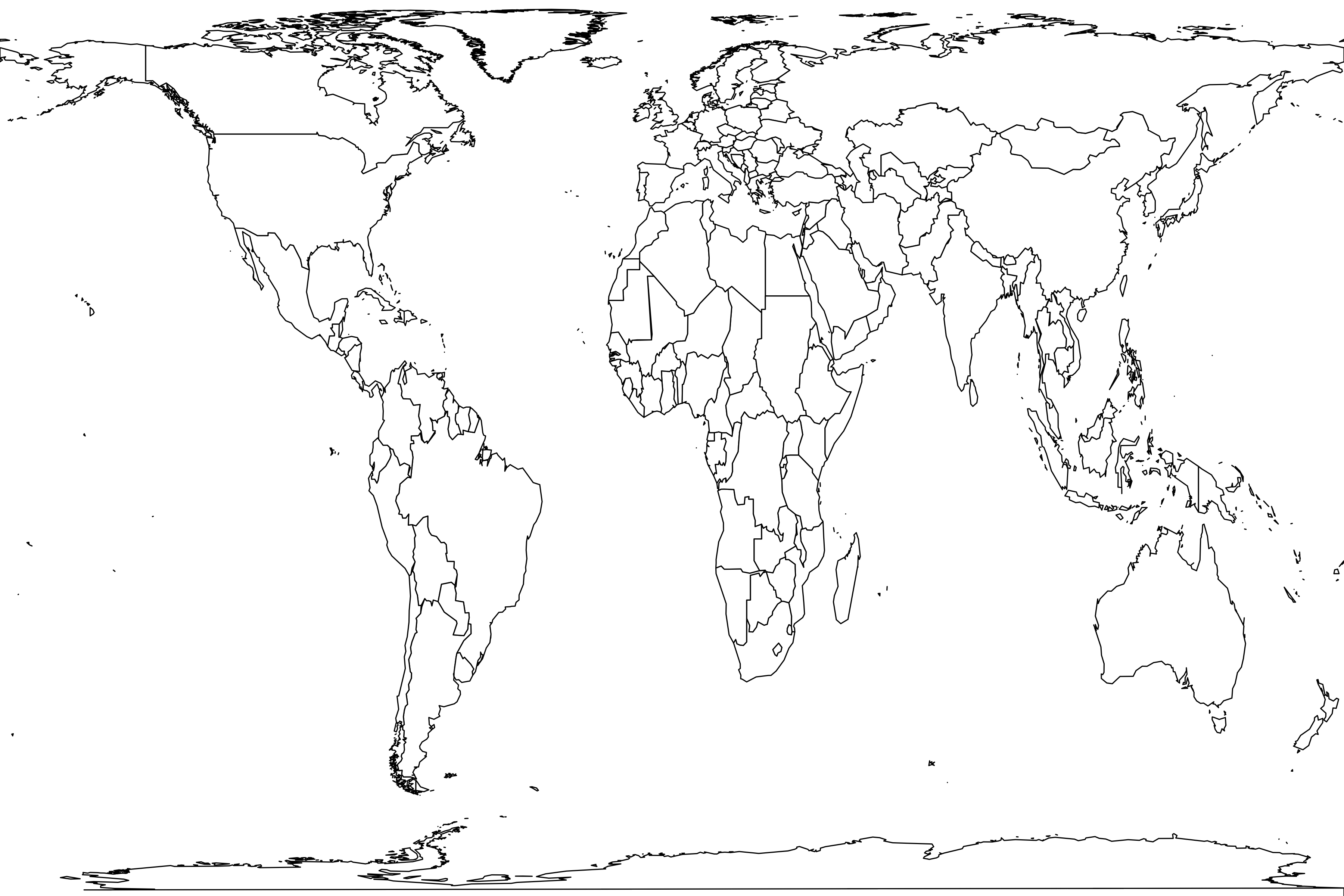Casal de'Pazzi
Basic information
Sample name: Casal de'Pazzi
Reference: L. Pandolfi, R. Martino, and M. R. Palombo. 2023. New insights on fossil mammals from Casal de'Pazzi (Rome). Journal of Mediterranean Earth Sciences 15:x- [ER 3971]
Geography
Country: Italy
Coordinate: 41.93° N, 12.56° E
Latlng basis: estimated from map
Time interval: Middle Pleistocene
Ma: 0.293
Age basis: zone
Geography comments: "in the lower Aniene river valley within the suburban area of Rome"
specifically "between the Via Nomentana and the Via Tiburtina" (Gioia et al. 2023, Journal of Mediterranean Earth Sciences)
coordinate based on map in Gioia et al. (2023)
assigned to MIS 8.5 based on biochronology by Palombo (2023, Journal of Mediterranean Earth Sciences)
the age of the MIS 8.5 interstadial is around 293 ka according to Stirling et al. (2023, Science); this is consistent with Fig. 1 in Palombo (2023)
specifically "between the Via Nomentana and the Via Tiburtina" (Gioia et al. 2023, Journal of Mediterranean Earth Sciences)
coordinate based on map in Gioia et al. (2023)
assigned to MIS 8.5 based on biochronology by Palombo (2023, Journal of Mediterranean Earth Sciences)
the age of the MIS 8.5 interstadial is around 293 ka according to Stirling et al. (2023, Science); this is consistent with Fig. 1 in Palombo (2023)
Environment
Lithology: siliciclastic (mixed)
Taphonomic context: fluvial deposit
Archaeology: bone tools, stone tools
Habitat comments: "sand and gravel deposits showing an alternate of 30-50 cm thick units with a fining-upward trend, whose deposition occurred within a fluvial channel" (Palombo 2023)
a lithic industry of "~ 1700 specimens" plus "one retouched fragment" of bone is present according to Gioia et al. (2023), who do not indicate whether this might be a human accumulation
a lithic industry of "~ 1700 specimens" plus "one retouched fragment" of bone is present according to Gioia et al. (2023), who do not indicate whether this might be a human accumulation
Methods
Life forms: carnivores, ungulates
Sampling methods: quarry
Sample size: 70 specimens
Years: 1981 - 1986
Net or trap nights: 0
Basal area status: not applicable
Sampling comments: "archeological excavations were carried out between 1981 and 1986"
this inventory pertains to an area of "about 300 m2" and is "just a subset but is fairly representative of the whole large mammal fauna" (Palombo 2023)
the enire site area is "about 1300 m2" (Gioia et al. 2023)
additional taxa including birds, Emys orbicularis, plants, and "a human parietal fragment" are mentioned by Gioia et al. (2023) but are not counted and may not come from the 300 m2 area
this inventory pertains to an area of "about 300 m2" and is "just a subset but is fairly representative of the whole large mammal fauna" (Palombo 2023)
the enire site area is "about 1300 m2" (Gioia et al. 2023)
additional taxa including birds, Emys orbicularis, plants, and "a human parietal fragment" are mentioned by Gioia et al. (2023) but are not counted and may not come from the 300 m2 area
Metadata
Sample no: 4382
Contributor no: John Alroy
Enterer: John Alroy
Created: 2023-12-01 16:14:10
Modified: 2023-12-01 05:14:10
Abundance distribution
Each square represents a species. Square sizes are proportional to counts. Values are logged.
Statistics
10 species
2 singletons
total count 70
geometric series index: 16.7
Fisher's α: 3.193
geometric series k: 0.6879
Hurlbert's PIE: 0.7503
Shannon's H: 1.7443
Good's u: 0.9722
Register
| †Palaeoloxodon antiquus (elephant) | 29 | |
| Canis cf. lupus (gray wolf) | 2 | 43.0 kg |
| †Crocuta cf. spelaea (hyena) | 2 | |
| Equus sp. | 1 | |
| †Stephanorhinus kirchbergensis (Merck's rhinoceros) | 3 | |
| Hippopotamus cf. amphibius (hippopotamus) | 5 | 1107.0 kg |
| not antiquus | ||
| Sus scrofa (pig) | 1 | |
| Cervus elaphus (red deer) | 4 | |
| Dama dama (European fallow deer) | 7 | |
| †Bos primigenius (aurochs) | 16 | |


